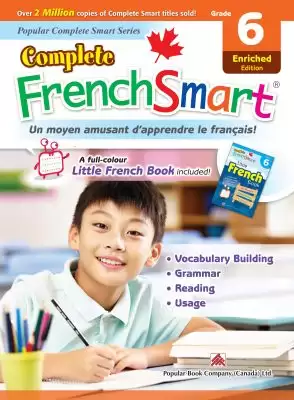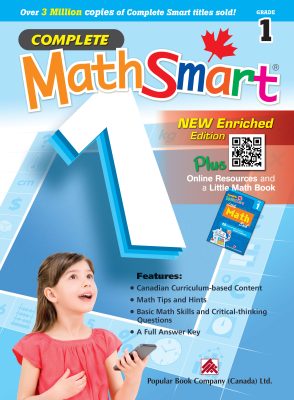Teaching your child to read can seem like a daunting task. There’s just so much involved in the English language; you may feel like it’s impossible to even start trying. Seeing the task of reading or not reading, as a “whole” can be problematic for many parents and learners alike. When we try to teach a child everything at once, it is likely they will become overloaded and overwhelmed. By incorporating a well thought out program that involves “chunking”, we are breaking down the whole task into tangible parts; we are taking the English language and teaching children one piece at a time in a structured and planned manner. Most children don’t just wake up one day able to read. Reading takes time, practice and encouragement. Celebrating small victories is important. For example, if a child is now able to recognize that a “k” makes a /k/ sound every time they see it, let’s celebrate and encourage them to continue using their reading skills. As they progress from their letter sounds, children will learn to put those sounds together to make words, which will eventually lead to reading.
It is important to understand how children learn to read. Children learn to read by using 4 cueing systems. As parents and educators, we can help support them by asking the questions they should ask.
By understanding how children learn to read and the systems they use, we can better support their learning. Some other ways we can help to support literacy, to help your child become a better reader, include:
By: Marissa Boccongelle, Director of Education
Prep Academy Tutors of Durham
t. +647.494.3065 | e. marissa@prepacademytutors.com
www.durham.prepacademytutors.com









